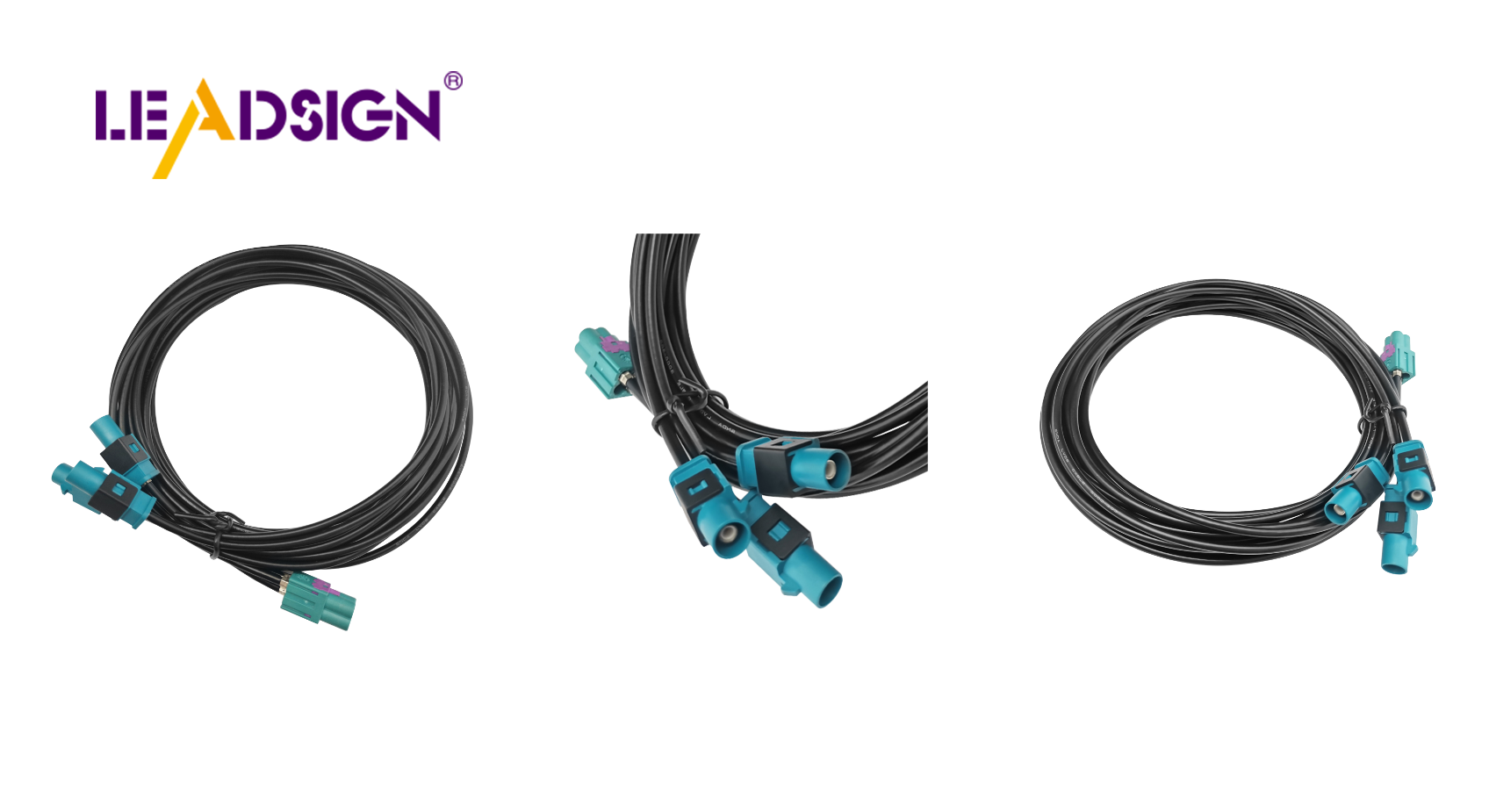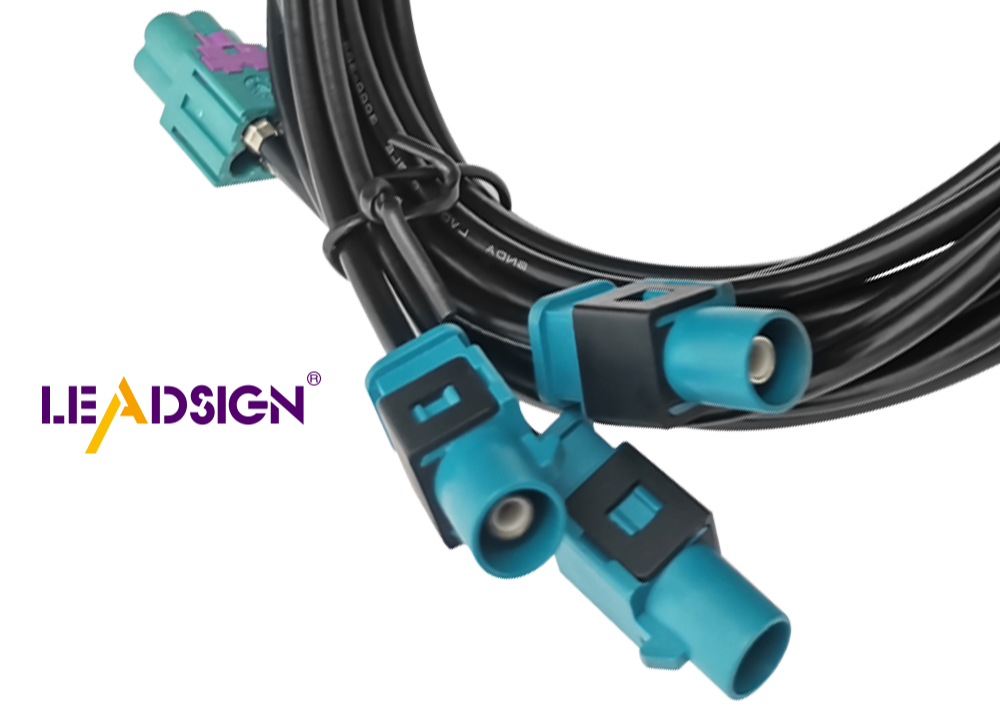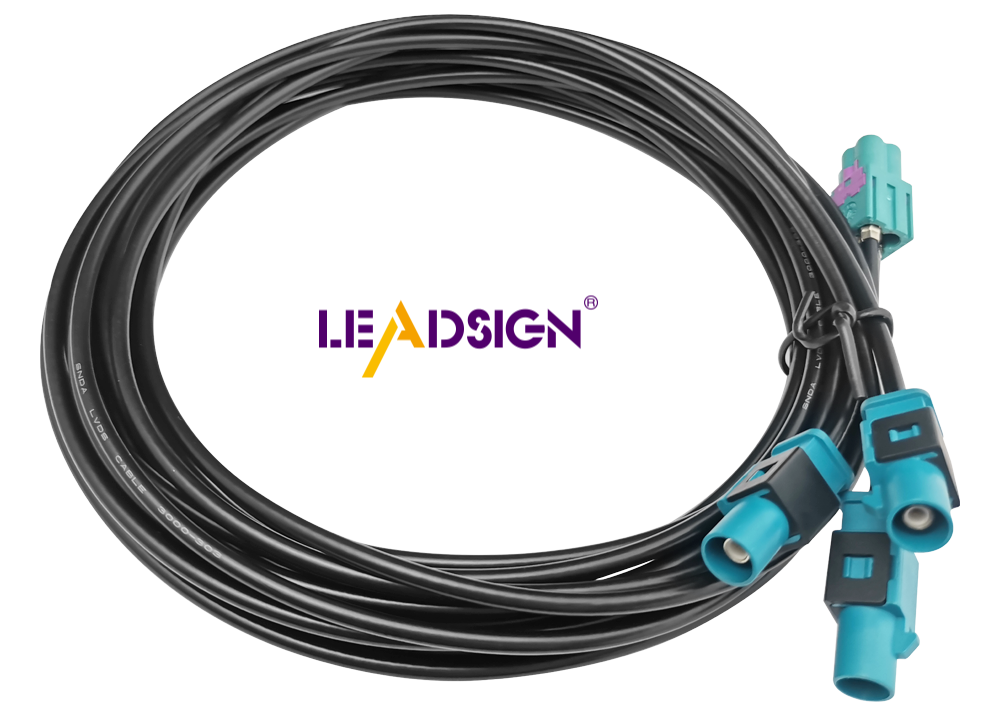Understanding Performance Standards for Automotive Wiring Connector Types

Cars utilize wire connectors automotive type to facilitate communication and power distribution among various components. Automotive wire connectors play a crucial role in modern vehicles by linking safety systems and electronic components. These connectors come in different types such as blade, pin, and butt connectors, ensuring the smooth operation of car systems. Adhering to performance standards is essential in the automotive industry to guarantee the safety and reliability of wire connectors. By complying with these standards, manufacturers can minimize issues and enhance the longevity of vehicles.
Overview of Automotive Wiring Connectors

Automotive wiring connectors are key to a car's electrical system. They help parts talk and share power. Knowing about different wire connectors is important for car design or fixing.
Types of Wiring Connectors
Blade Connectors
Blade connectors have flat metal pieces that fit into slots. They are great for places with lots of shaking. You can easily take them apart and put them back, which helps during fixes.
Pin Connectors
Pin connectors have pins that match sockets. They are used in cars because they connect many things at once. These connectors work well in important systems where steady performance matters.
Butt Connectors
Butt connectors join two wires end-to-end securely. They are often used to fix or lengthen wires in cars. Their design keeps resistance low and conductivity high, which is crucial for the car's electrical health.
Applications in Automotive Systems
Engine Compartment
In the engine area, wire connectors must handle heat and shaking. These connectors are tough and resist stress from heat and movement. They connect sensors and other key parts to keep the engine running well.
Interior Wiring
Inside the car, wiring connects electronic systems like radios, air controls, and airbags. These connectors need to be small but strong to fit well inside while working properly.
Lighting Systems
Car lights depend on wire connectors for steady power to headlights and other lights. These must stay connected to avoid flickering or going out. They're made to resist water and rust for lasting use.
Product Information:
Automotive Wire Harness Connectors: Follow rules like UL 4, UL 13, and UL 44 for safe use in cars.
Safety and Durability Enhancements: Makers use fire-safe materials that stand up to tough conditions to stop electrical problems.
Why Performance Standards Matter
Keeping Things Safe and Working Well
Stopping Electrical Problems
Performance rules help stop electrical issues in car wire connectors. They set rules for makers to follow so connectors handle power safely. This stops overheating or short-circuits. By following these rules, makers lower the chance of car problems or crashes. This helps keep the car's electric system working well in different situations.
Following Safety Rules
Safety laws say car wire connectors must meet certain standards. These laws make sure connectors are safe and protect people from electric dangers. Following these rules is a must for selling products legally. By doing this, makers show they care about safety and earn trust from buyers. It also avoids costly recalls and legal troubles from bad connectors.
Making Them Last Longer
Standing Up to Tough Conditions
Car wire connectors need to handle tough conditions like heat, wetness, and shaking. Performance rules tell how strong they should be to work in these places. For example, engine area connectors must resist heat and shakes, while outside lights need waterproof ones. Meeting these rules means the connectors last longer, helping the car's electric parts last too.
Good Materials and Building
The stuff used in making car wire connectors affects how well they work and last. Performance rules say what materials and building ways are needed for strong connectors. Good materials like rust-proof metals and heat-safe plastics are key for good performance. By sticking to these rules, makers create long-lasting connectors that don't need fixing often.
Key Performance Standards for Wiring Connectors

Industry Rules and Approvals
Car wiring connectors must follow certain rules to be safe and work well. These rules help makers create good connectors that cars need today.
ISO Rules
The International Organization for Standardization (ISO) makes global rules for car connectors. ISO 8092-2005 is an important rule. It makes sure different car brands can use the same connectors. This rule tells how strong, reliable, and weather-resistant connectors should be. By using ISO rules, makers ensure their connectors work well in all situations.
SAE Rules
The Society of Automotive Engineers (SAE) also sets important standards for car connectors. The USCAR 2 rule by SAE explains testing steps during making and using them in real life. This rule checks if connectors can handle changes in temperature and shaking in cars. Following SAE rules helps make safe and top-quality connectors.
Testing Ways and Steps
To check if car wiring connectors meet industry rules, makers use many tests. These tests look at how well they handle electricity, strength, and tough conditions.
Electrical Tests
Electrical tests check if connectors carry electricity safely. They measure things like contact resistance and insulation strength. These checks find problems like overheating or short-circuits to ensure they meet modern car needs.
Mechanical Tests
Mechanical tests see how strong the connectors are physically. They test pulling strength, ease of connecting or disconnecting, and shaking resistance. These checks make sure they can handle engine shakes or bumpy roads.
Environmental Tests
Environmental tests see if the connectors survive harsh conditions. They mimic extreme temperatures, wetness, and rust-causing stuff exposure. For example, the USCAR-20 rule looks at connector seals' performance in tough environments to keep them working right.
Challenges and Things to Think About for Standards
New Technology Changes
Cars are always getting better with new tech. This makes it hard for car wire connectors because they have to keep up.
Working with New Car Tech
New cars have cool stuff like self-driving, fancy screens, and help for drivers. These need fast data and strong connections. Car wire connectors must do this well. Space tech helps make tough connectors. Cars can use these ideas to make sure their parts work great.
Using New Materials
Cars need to be lighter, so new materials are used in wires and connectors. Makers look for light stuff that still works well. Connectors must stay strong and carry power right. Car makers, wire people, and tech experts work together to find the best materials.
Money and Making Stuff Limits
Making good car wire connectors costs money. Makers must handle these limits to make good products.
Keeping Quality Without Spending Too Much
Good car wire connectors use top stuff and smart ways to make them. But this costs more money. Makers need a way to keep things good but not too pricey. Following rules helps balance quality and cost.
Making Lots of Them Right
Making many car wire connectors is tricky because they all need to be the same and good quality. Electric cars make this harder since wires matter more now. Makers test a lot to meet rules every time. New ways of making things help solve these problems so connectors are small but work well.
Performance rules are important for making sure car wire connectors are safe and work well. These rules help makers create connectors that can handle tough conditions and keep electricity flowing right. As cars get more advanced, there is a need for better wire connectors. Cars now have cool features like self-driving and internet connections, which need fancy wires. Makers have challenges but also chances to make new things. By using new materials and ideas, they can meet the growing needs for car wire connectors, making sure they fit perfectly in today's cars.
See Also
Exploring HSD Connectors in Automotive Technology
Significance of HSD Connectors in Automotive Sector
Enhancing Auto Data Transfer: Advanced Connectors and Cables

